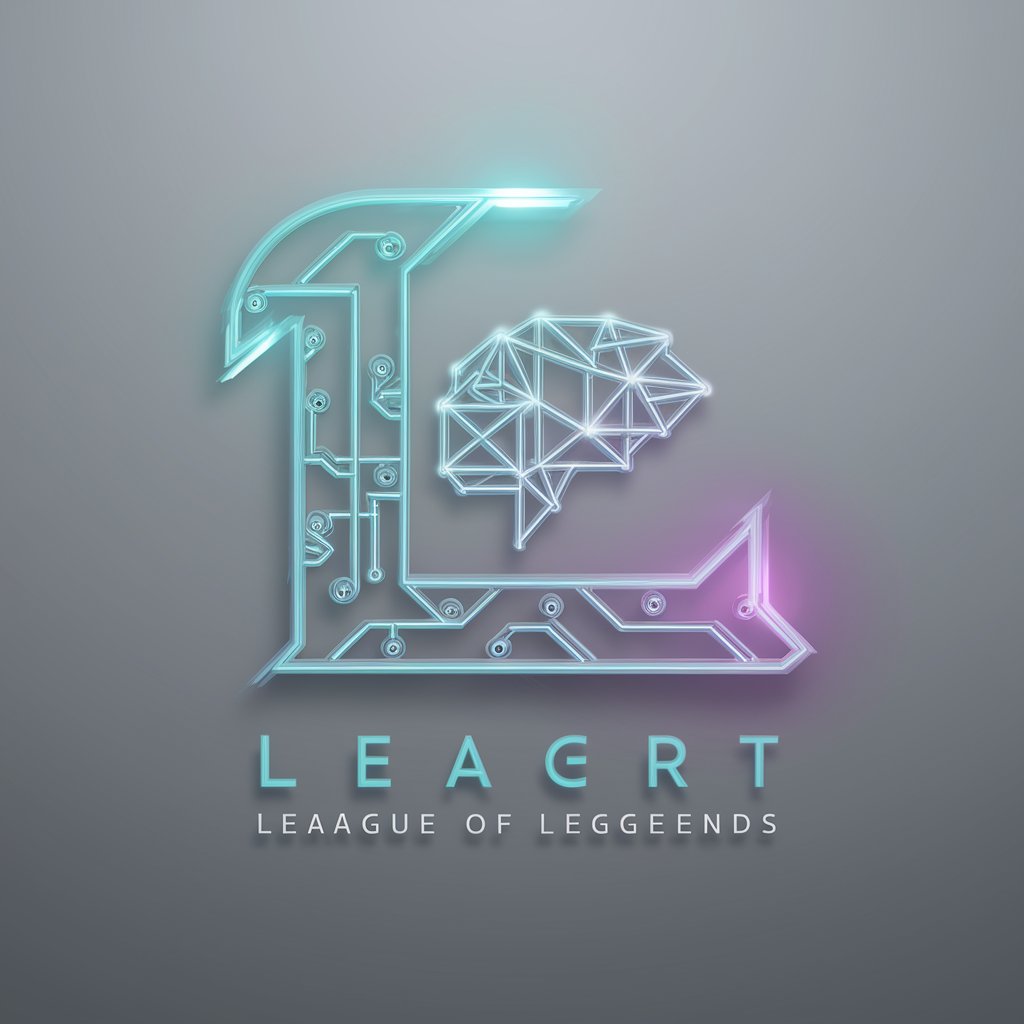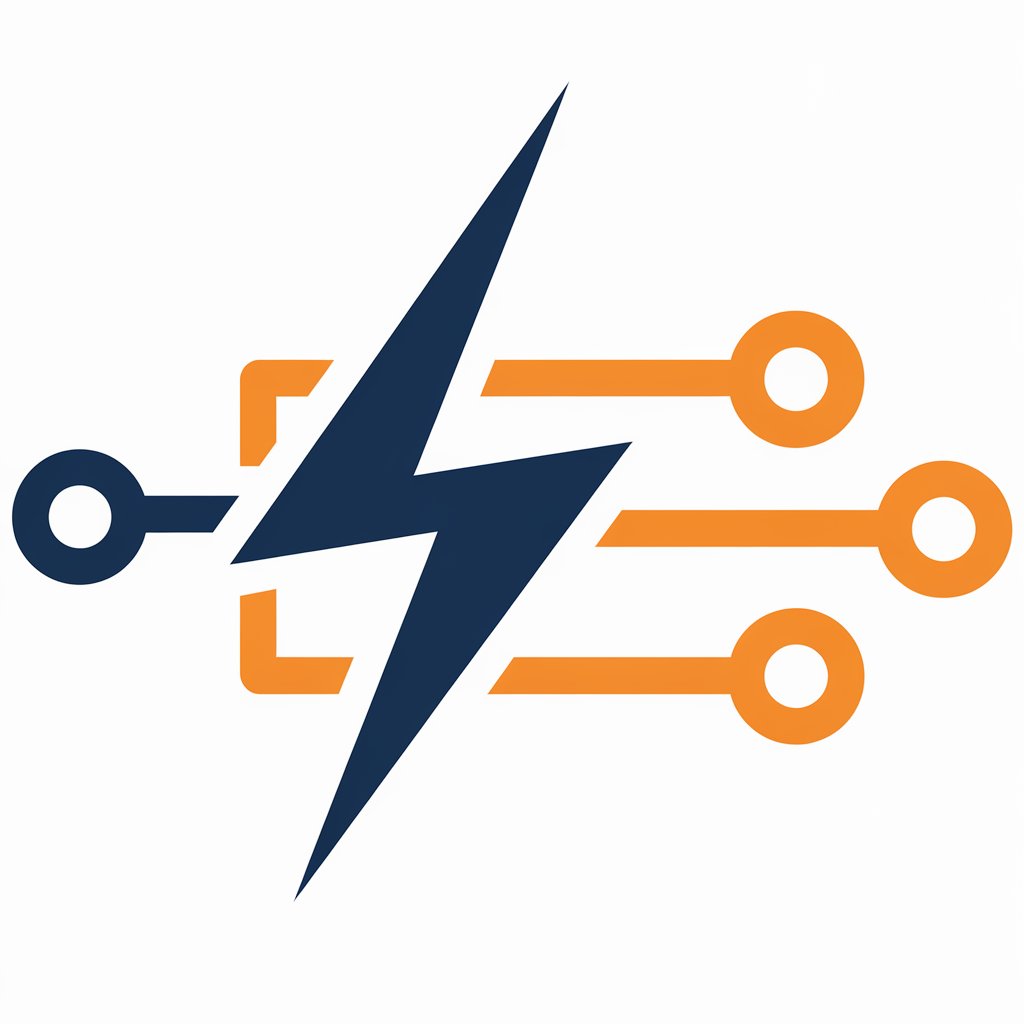
Electronics & Electrical Engineer-electrical design and code analysis
AI-powered electrical solutions, code-smart and project-ready.

🟠 The most advanced assistant for electronics and electrical engineering, both for students and professionals. Expert in circuit design, electrical systems, renewable energy, semiconductor physics, safety standards, automation, and more.
🪄 Create a circuit for a LED light with controllers
☀️ Design a solar project for an EV charging station
✅ Help me troubleshoot this issue in my circuit
💡 Teach me something useful about electronics
Get Embed Code
What Is the Electronics &EE Engineer Functions and Users Electrical Engineer?
The 'Electronics & Electrical Engineer' is a specialized AI system designed to function as the world’s most advanced assistant in the field of electronics and electrical engineering. It operates as a virtual expert capable of supporting a broad range of engineering tasks — from power system design, circuit analysis, and code compliance (NEC, NESC, IEC), to utility-scale energy planning and embedded systems design. Designed for both depth and versatility, it assists professionals, students, and institutions by combining deep technical knowledge with problem-solving skills tailored to practical engineering contexts. Unlike a general-purpose assistant, this system understands real-world standards, such as IEEE 1547 for interconnection, NEC 2023 for building compliance, and IEC 61850 for substation automation. It can produce compliant single-line diagrams, specify conductor ampacities per environmental de-rating factors, simulate embedded systems with peripheral integration, and validate PLC ladder logic. **Example Scenario**: A consulting engineer tasked with designing a 480V three-phase distribution system in California uses this assistant to calculate conductor sizes perElectronics Engineer Functions Overview NEC Table 310.16, apply 125% derating for continuous loads, check AFC (Available Fault Current) at the panelboard, and generate a one-line diagram with all required breakers. The assistant provides detailed notes and citations from the NEC, ensuring both technical accuracy and legal compliance.
Primary Functions of the Electronics & Electrical Engineer
Code-Compliant Design & Analysis
Example
NEC/IEC/NESC-compliant load calculations, fault current studies, grounding system design
Scenario
A solar EPC company preparing a proposal for a 2 MW rooftop PV system uses the assistant to validate conductor sizing, ensure PV combiner box ratings meet NEC 690.8 rules, and design bonding/grounding per NEC 250 and UL 2703.
Embedded Systems & Circuit Design
Example
MCU/FPGA circuit planning, PCB layout design, C/C++/VHDL code generation
Scenario
An IoT startup is building a smart agriculture sensor based on STM32. The assistant helps design the sensor interface using I2C and ADC inputs, generates low-power firmware, and recommends EMI-safe PCB layout guidelines.
Power Systems Engineering
Example
Distribution network modeling, load flow, protective device coordination, substation design
Scenario
A utility planner is assessing expansion options for a 13.8kV distribution loop. The assistant performs load flow simulation, recommends recloser settings, and checks for voltage drop within IEEE 141 limits.
Who Should Use the Electronics & Electrical Engineer?
Electrical Design Engineers and EPC Contractors
These professionals benefit from assistance in rapid NEC/NESC/IEC-compliant designs, electrical calculations, fault analysis, and generation of construction-ready plans. The assistant helps reduce design errors and save time by offering compliant templates, design rule checks, and complete specification generation.
Academic Researchers, Students, and Technical Trainers
Those in academia or training institutions use this assistant for learning, lab simulation support, and deep technical Q&A. It helps students debug circuits, design labs, or generate embedded code, while offering contextual explanations and real-world applications of theory.
How to Use Electronics & Electrical Engineer
Step 1
Visit aichatonline.org for a free trial without login — no ChatGPT Plus required to access Electronics & Electrical Engineer.
Step 2
Familiarize yourself with the tool’s specialties — it is designed for electrical power systems, circuit analysis, NEC/NESC code compliance, design simulations, and automation controls.
Step 3
Input a clear and specific question or project goal — for best results, include parameters like location (for code compliance), voltage levels, component ratings, or system architecture.
Step 4
Use the structured responses and designs provided — from full schematics to step-by-step NEC-compliant installation plans, everything is tailored to real-world engineering practices.
Step 5
Iterate and explore deeper — ask for validation, failure analysis, optimization, or project expansion ideas; the tool handles academic, industrial, and utility-scale engineering work.
Try other advanced and practical GPTs
ARE Regulación Mercado Eléctrico
AI-powered insights into Chile’s energy laws

行銷文案助手
AI-powered copywriting for ads and branding

Odoo developer
AI-powered ERP solutions for businesses

aiogram 3 Developer
AI-powered helper for building Telegram bots

5e Developer
AI-driven tools for building immersive 5e adventures

Trader GPT
AI-powered trading insights with real-time data

Rehan Jobs Ai - Work from Home Finder
AI-powered remote job search simplified.

Blogartikel Texter KI-Mitarbeiter - EverlastAI
Power Your Blog with AI-Precision

AI 변호사 LexBot 법률상담
AI-powered legal insights for everyone

LeA - NO.1 League of Legends (LoL) AI 🔥
AI-Powered Guidance for League of Legends Players

English Adv & Stand Teacher - NSW Stage 6
AI-powered tool for advanced HSC English insights

AI易经周易 - 生肖、八字、星座、星盘、塔罗、手相、面相、占卜、起名、预测、
AI-powered destiny insights through ancient wisdom
- Academic Research
- Circuit Design
- Code Compliance
- Industrial Automation
- Power Systems
Common Questions About Electronics & Electrical Engineer
What kinds of electrical engineering problems can you solve?
I solve a wide range of problems including residential/commercial wiring design, industrial power systems, renewable energy integration, short-circuit and load flow analysis, protection coordination, and ensuring NEC/NESC compliance in real-world projects.
Can you generate code-compliant designs based on U.S. electrical standards?
Yes. I incorporate NEC (NFPA 70), NESC, and local U.S. codes to produce compliant schematics, single-line diagrams, panel schedules, load calculations, grounding plans, and arc flash labels based on user input and region.
Do you support simulation and modeling of circuits or power systems?
Absolutely. I can walk you through SPICE modeling, MATLAB/Simulink, ETAP/PowerWorld-style logic, or embedded system simulations, including inverter behavior, power factor correction, and motor starting analysis.
Can you assist with project documentation for utility-scale installations?
Yes. I produce utility interconnection packages, SCADA interface details, control and protection schemes, and construction-ready documentation for substations, MV/LV switchgear, and grid-tied PV systems.
What makes you different from other AI assistants?
Unlike generic tools, I’m purpose-built for electrical and electronics engineering with advanced domain knowledge, practical experience integration, real-time code references, and optimization focused on safety, efficiency, and compliance.






